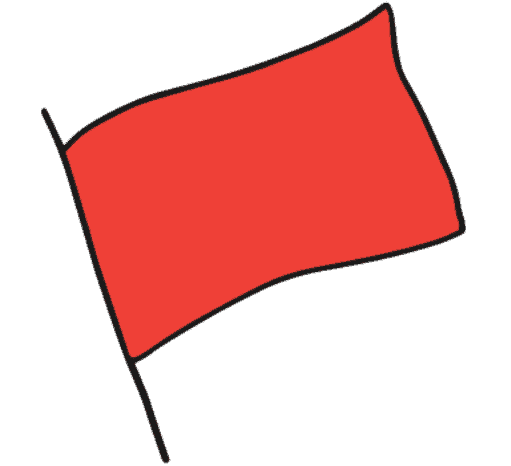The Srixon Trispeed Tour was launched in the United States following the reasonable success of the brand’s Trispeed golf balls. However, Srixon Trispeed Tour golf balls were discontinued after a relatively brief run. Srixon has since discontinued the predecessor, Trispeed, as well.
The Srixon Trispeed Tour was discontinued as the company developed its replacement, the Q-Star. Currently, the Q-Star, Q-Star Tour, and Q-Star Tour Divide golf balls cater to low to medium handicappers that were served by the Srixon Trispeed Tour and Trispeed.
Srixon didn’t release an official statement or any reason why it discontinued the Trispeed Tour, but the mixed reviews and some genuine concerns were probably the main causes, which also reflect in how the Q-Star series is designed and marketed. Keep reading to know more.
Why Srixon Trispeed Tour Was Discontinued
The Srixon Trispeed Tour was a premium golf ball with a high-compression core (90). This was a significant change from the Trispeed golf ball, which had a low-compression core (64). So, a Srixon Trispeed Tour wasn’t as soft as the Trispeed, and it was better for very low handicappers.
Those with swing speeds of around or under 80 mph (128.75 km/h or 35.76 meters per second) couldn’t extract the potential performance from a Srixon Trispeed Tour or even a Trispeed golf ball. The average swing speed of recreational golfers is slower than 80 mph (128.75 km/h).
Plus, innumerable golfers were gravitating toward urethane covers for the softer feel that wasn’t possible with ionomers. Both Trispeed and Trispeed Tour featured blended ionomer covers. Of course, the Trispeed was a 2-piece golf ball, whereas the Trispeed Tour featured 3 pieces.
Srixon probably wanted to improve its line of flagship golf balls, so it developed the Q-Star as a replacement for the 2-pc Trispeed and the Q-Star Tour as a substitute for the 3-piece Trispeed Tour. You may have noticed that Q-Star and Q-Star Tour golf balls feature low compression, but not as much as the Trispeed. Srixon went for 72 versus 64 (Trispeed) and 90 (Trispeed Tour).
While the Q-Star has an ionomer cover, like the Trispeed, the Q-Star Tour and its Divide variant have urethane covers, an upgrade from the Srixon Trispeed Tour. The Q-Star Tour is, thus, a much softer premium ball, which isn’t attainable with the ionomer cover of the Trispeed Tour.
Also, all the Q-Star golf balls have 338 dimples, an increase of 4 from the Srixon Trispeed Tour. Considering the balancing interventions in the Q-Star, all variants, it’s safe to assume that the Srixon Trispeed Tour was discontinued to bring about premium golf balls for low, medium, and medium-high handicappers that look for distance, performance, and a softer feel.
In fact, Srixon states on its official product page for the Q-Star Tour that these golf balls are for moderate swing speeds. This statement reiterates that the Srixon Trispeed Tour wasn’t ideally suited for most handicappers, obviously except low-digit cappers and scratch golfers.
Furthermore, the Srixon Q-Star Tour features technology that wasn’t available in the Trispeed Tour, such as FastLayer and Spin Skin with SeRM.
Final Thoughts
The Srixon Trispeed Tour wasn’t as popular as the Trispeed at any time during its brief run. So discontinuing it to introduce a better golf ball in the same premium niche with improved features appears to be a rational move for any company, especially one that is as reputed as Srixon.
